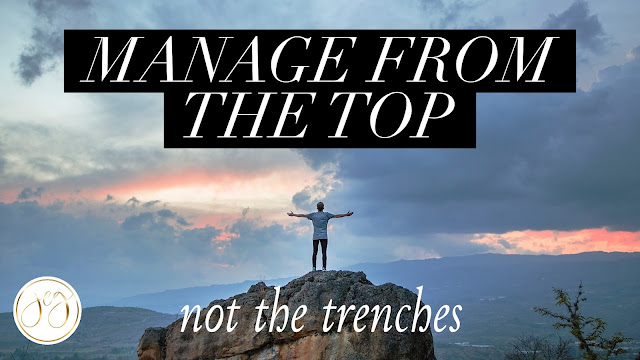How to 'Conference' like Nobody's Business

I spent this past week in Goldsboro, North Carolina for the state's Main Street Conference, (say it with me!) THE LARGEST STATE-WIDE DOWNTOWN REVITALIZATION CONFERENCE IN THE COUNTRY! I don't know if they are so proud of it being the largest because of attendance numbers, how many days it spans, or what, but I do know that the quality of what they delivered can't be beat. This was my first North Carolina Main Street Conference, so I wasn't really sure what to expect when I agreed to come as a speaker. I was unprepared for how incredibly valuable, fun, and engaging it would be. If you ever want to put on a conference, I highly suggest you talk to Liz Parham and her people - they absolutely know what they're doing! They know how to throw a conference like nobody's business. What did I get out of it? Probably way too much to include in a blog post, but I'm going to try. I guess I could summarize it and just say it's all about the people. The people I met








